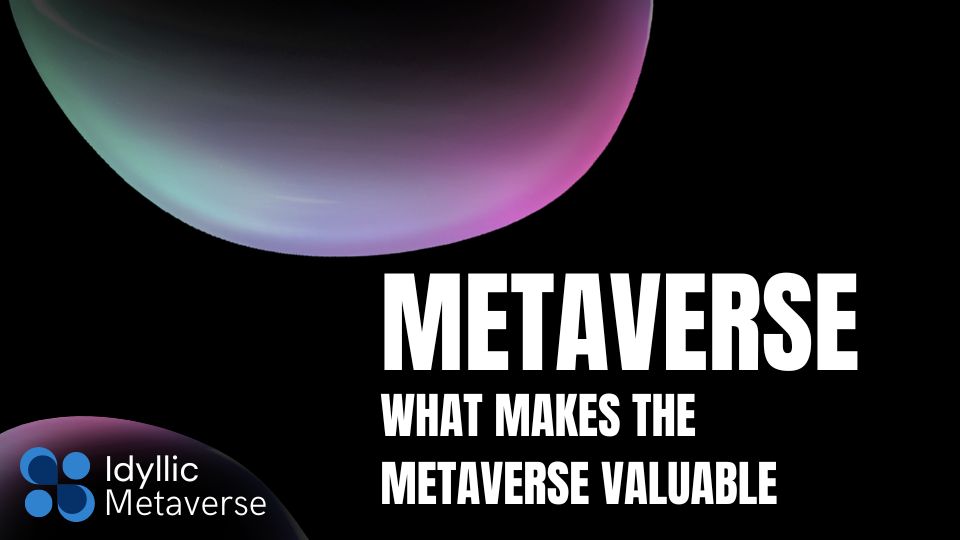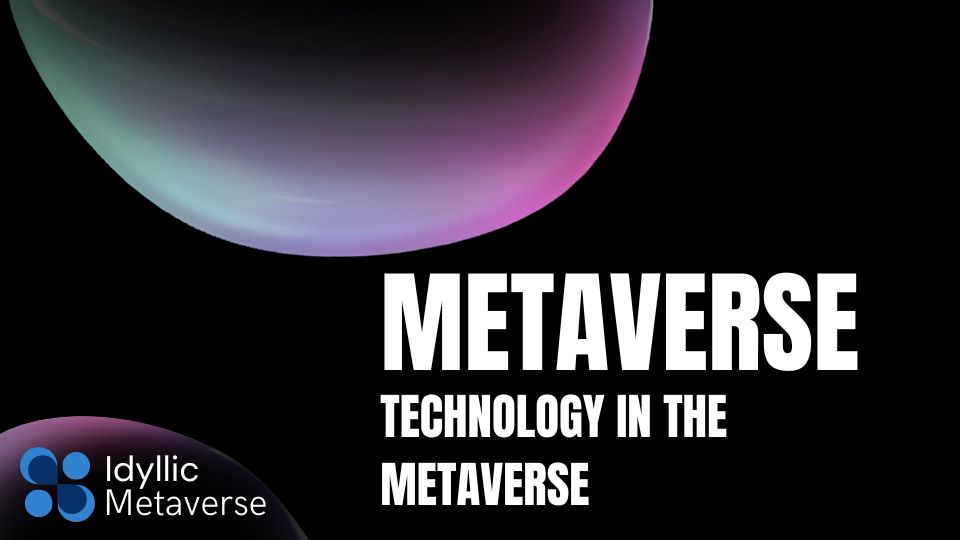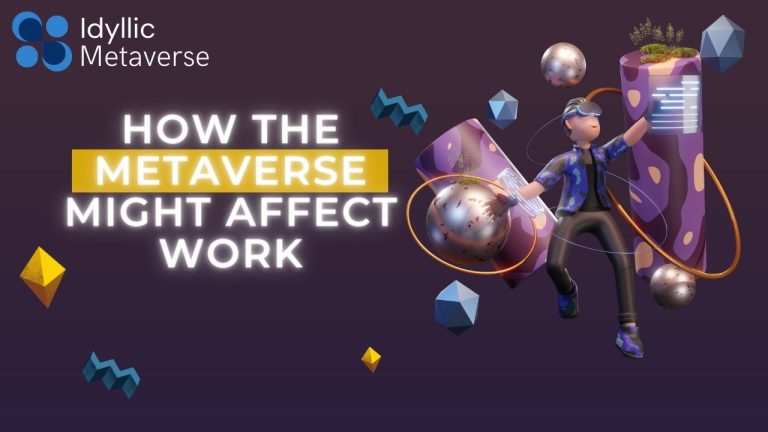An explanation & comprehensive guide on metaverse
Imagine a virtual world where billions of people may live, work, shop, learn, and connect while remaining at home on their couches.
The computer displays we use in our world to access the global information web have developed into a tangible, three-dimensional virtual world that is like real life but better and more expansive.
The hype aside, this is referred to as the “metaverse,” and as of right now, it does not exist.
What exactly is a metaverse? a succinct narrative
A single, shared, immersive, persistent, 3D virtual realm where people can experience life in ways they couldn’t in the real world is what many in the computer industry refer to as the “metaverse.”
Snow Crash, by Neal Stephenson (1992). The phrase “metaverse” was first used in Neal Stephenson’s 1992 science fiction book Snow Crash, which describes a three-dimensional virtual environment where software agents and programmable avatars of people can interact.
What makes the metaverse valuable?
When Facebook changed its corporate name to Meta in October 2021 and declared plans to invest at least $10 billion in the idea that year, “Metaverse” became a household term.
Companies now use the word to describe a wide range of improved online environments. These range from virtual changing rooms and virtual operating rooms to nascent virtual workplaces like Microsoft’s Mesh or Meta’s Horizon Workrooms and online video games like Fortnite. The present iteration of the metaverse is taking the form of a multiverse rather than a single common virtual space: Many distinct metaverses with limited interoperability as businesses compete for dominance.

Dave Wright, chief innovation officer at IT provider ServiceNow, said in “History of the Metaverse Explained” that it was “It is obvious that it is one of the most highly anticipated technological evolutions of the coming decade.”
How can one access the metaverse?
Virtual reality and augmented reality are two technologies that are seen as crucial to the creation and development of the metaverse.
Virtual reality is a three-dimensional environment simulation that allows users to interact with a virtual environment in a way that simulates reality as we perceive it through our senses. Today, most people access this simulated world by donning a VR headset, which fills their field of vision. More lifelike engagement with the virtual environment is made possible by haptics, which includes gloves, vests, and even full-body tracking suits.
Augmented reality:
Compared to virtual reality, augmented reality is less immersive. Through some kind of lens, it inserts digital overlays over the physical world. Users can continue to engage with their physical surroundings. One of the first applications of AR was the game Pokémon Go. Consumer augmented reality products like Google Glass and heads-up displays for automobile windshields are well-known.
Technology in the metaverse:
Technology author Esther Shein explains in this piece titled “7 top techniques for metaverse growth” why industry observers are reluctant to codify the technologies that will fuel the metaverse. This is due in part to the metaverse’s ongoing evolution and to the fact that many of the tools powering it are hybrids of many technologies.
- Artificial intelligence
- Internet of things
- Extended reality
- Brain-computer interfaces
- 3D modeling and reconstruction
- Spatial and edge computing
- Blockchain

What exactly is the distinction between the internet and the metaverse?
The internet is a massive network comprising billions of computers, millions of servers, and other electrical devices. Internet users can connect, see and engage with websites, and purchase and trade products and services once they are online.
The metaverse does not compete with the internet; rather, it is built upon it. People “surf” the internet, but they can “live” in the metaverse to some extent.
What impact will the metaverse have on the future?
It is important to remember that the metaverse is still a set of possibilities, not a reality. There are numerous unknowns. It is unclear how the metaverse will appear – who will control it, what it will include, and how much of an impact it will have on our lives. On one end of the scale, some believe the metaverse would improve our lives by allowing us to have experiences we would not be able to have in the actual world. Skeptics see the metaverse as merely an extension of today’s digital experiences, rather than a transformative experience, and as potentially worse: an amplifier of present social media evils such as disinformation campaigns, addictive behavior, and violent tendencies.
What purpose does the metaverse serve today?
Online gaming has a long history of building complex virtual worlds. To the extent that a proto-metaverse has a popular use, the large crowds that flock, if not synchronously, to the likes of Roblox, Epic Games, and Decentraland imply that playing games, creating virtual worlds, and investing in real estate could be it.
Enterprises are experimenting with metaverse applications in the workplace, which build on the virtual applications companies built to assist distant workers during the epidemic. Workplace training is an early application of metaverse technologies. According to TechTarget news reporter Esther Ajao, some hospitals are already employing VR and AR to train for basic medical operations. Medicis, an AR surgical device that allows surgeons to swiftly sync with a hospital’s digital imaging system, was just approved by the FDA. Other metaverse-type uses she discussed in her essay “Enterprise Applications of the Metaverse: Slow but Coming” include as follows:
Digital twin avatars:
According to Ajao, these twins will not only appear on computer screens but will also be portrayed as AI-powered holograms or holographic images that are assigned duties. A CEO, for example, may use an AI-powered hologram of himself to interact with different stakeholder groups at the same time.
Workplace collaboration phobia:
According to Forrester Research researcher J.P. Gownder, enterprises are beginning to use the metaverse to bring “an aspect of reality” to remote work situations. This includes creating 3D rooms for staff to collaborate in.
FAQS:
The metaverse is real?
Yes, there is such a thing as the metaverse.
What do I need to enter the metaverse?
Don’t worry if you don’t have a VR headset or AR glasses. You can still enter the metaverse through your mobile device, tablet, or personal computer.
Who is the metaverse’s ruler?
Sameer is a well-known digital and 3D NFT artist who has worked in the film and animation industries for over 15 years. He is enthusiastic about his art and his inventions.







